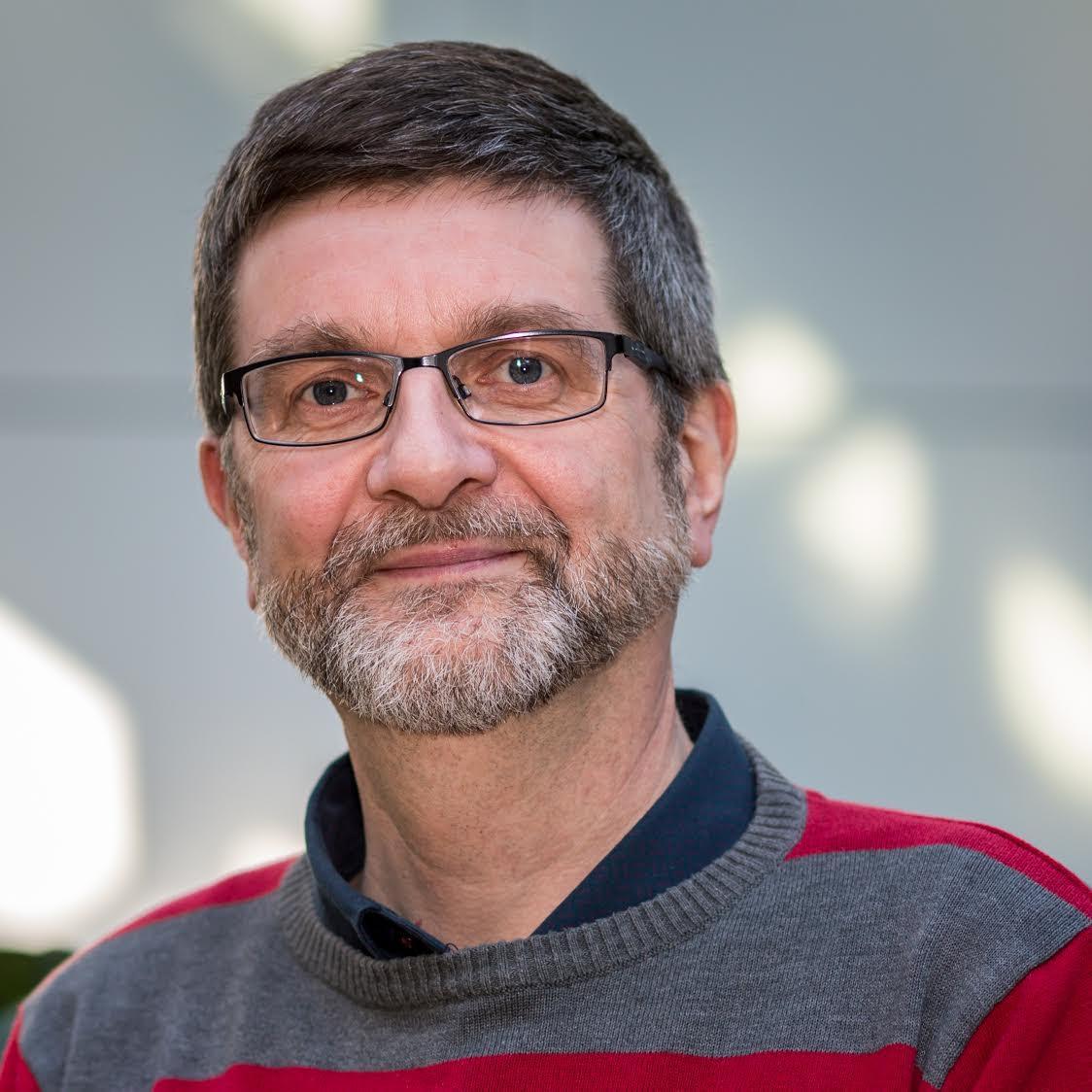

Unlocking the Secrets of Computer Chips: Real-Time X-ray Imaging Reveals Inner Workings
Prof Patrick McNally (DCU), Prof Brian Tanner (Durham University), and Prof Andreas Danilewsky (Freiburg University) used very powerful X-rays at a facility in the UK (Diamond Light Source) to closely examine what happens when you turn on tiny switches (transistors) inside computer chips made of silicon. These computer chips are getting more and more complex, with many layers of very thin silicon. When these chips are working, they get hot and experience stress, like stretching or bending, inside their tiny packages.
The team took real-time X-ray pictures of what was happening inside one of these working computer chips. Specifically, they were interested in a phenomenon called "current crowding," which is when electrical current concentrates in certain areas of the chip. By doing this, they hoped to better understand how these computer chips behave when they're working, which is important for making them work more efficiently and last longer.
Read the full research paper here.
Acknowledgments
The research was supported by the EU Framework “CALIPSOplus” Programme for Research and Innovation and Science Foundation Ireland’s (SFI) (grant No. 16/RC/3872) which is co-funded under the European Regional Development Fund.
[1] https://journals.iucr.org/m/issues/2023/05/00/me6240/index.html - See Section 2.7
[2] “X-ray diffraction imaging of fully packaged n–p–n transistors under accelerated ageing conditions”, B.K. Tanner, A.N Danilewsky & P.J. McNally, J. Appl. Cryst. (2022) 55, 1139–1146. https://doi.org/10.1107/S1600576722007142.
